Commingled recycling makes it easy for households and businesses to recycle. However, putting the wrong things in the wrong bin is considered contamination and may risk ruining your quality recycling.
What is contamination?
Simply put, recycling is contaminated when the wrong items are placed in the commingled recycling bins. This includes items that belong in a different recycling stream such as e-waste and garden organics, and materials that are not currently recyclable at all like nappies and textiles.
What are the main offenders? Textiles in the recycling bin can get tangled in the sorting machinery. Food and liquids can damage cardboard and paper to the point they are no longer viable for resale. Bagged recyclables and other soft plastics cannot be processed by most sorting machineries and sorting them by hand exposes workers to health risks. The soft plastic also causes damage to sort line.
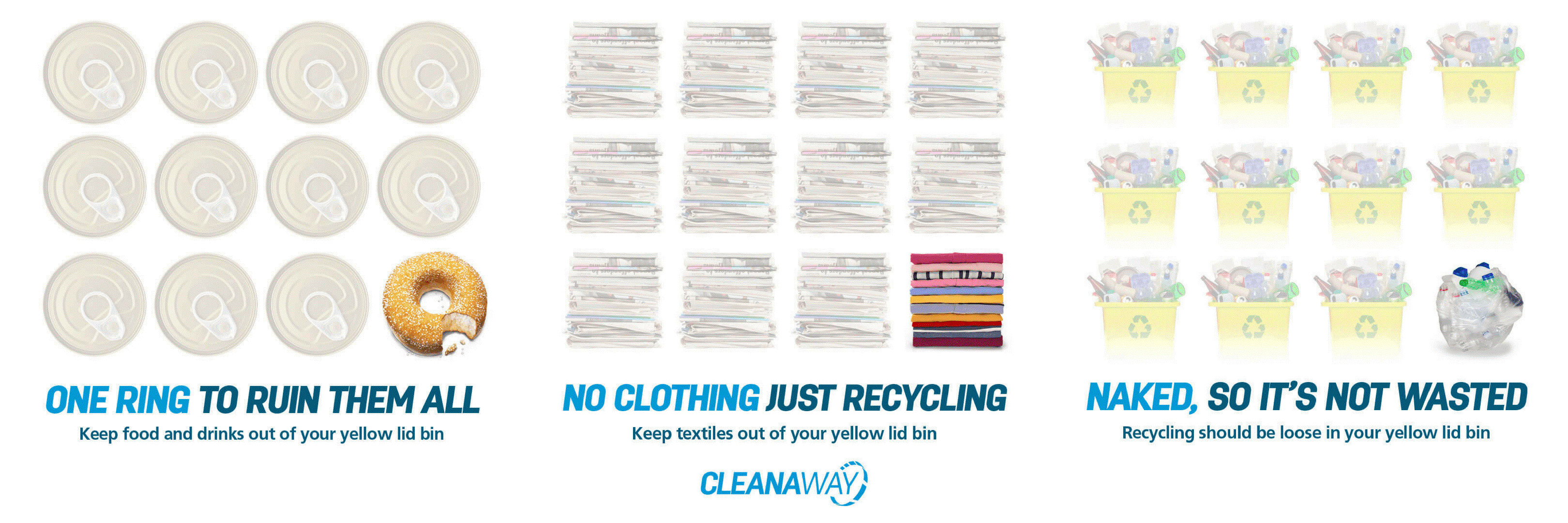
The level of contamination in a recycling bin directly affects the recycler’s ability to recover resources effectively. Recyclables with a high level of contamination are not as valuable for sale in secondary markets especially since the introduction of China’s National Sword policy.
Why aren’t we recycling right?
Australians have been recycling for 30 years so how are we still getting it so wrong? There are two reasons. One is that what is recyclable has changed a lot over the decades. Advancements in infrastructure technology, changes in packaging and manufacturing, and changes to consumer behaviour mean that the contents of a commingled bin today is not the same as it was even ten years ago. Just think of coffee cups as an example.
The second reason is that what can be recycled is different depending on access to the waste facilities. Newer facilities will have more advanced, or more specific, sorting technology – like the Perth MRF or the Harvest facility in Hemmant. Older MRF’s, like this one in Albany, will have more traditional methods of sorting.
This means that the rules for what goes into your recycling bin varies from state to state and even from council to council. The good news is that waste management companies and state governments are working towards adopting a uniform approach to recycling practices which is expected to make it easier for people to recycle, while reducing contamination resulting from confusion over the right bin practice.
Learn more about contamination
So what’s the answer? Keep it simple. Paper and cardboard, plastic containers and glass bottles, steel and aluminium cans, and milk cartons that are all clean of food and dry of liquids are the best items to put in your recycling bin. If in doubt, throw it out in general waste. Don’t risk ruining your quality recycling with contamination like textiles, food and plastic bags.
Take action to reduce contamination with these resources:
- Take just 30 seconds to sort and prep your recyclables
- Learn about standard recycling labels
- Create a waste management plan for your business if you haven’t already
- Know all about MRFs and how commingled waste is sorted
- Visit our National Recycling Week hub for tips, tricks and trivia
- Watch our #waroncontamination educational videos
- Follow us on Facebook and LinkedIn for regular updates, tips and tricks about contamination in recycling.
Contact us to learn how you can make a sustainable future possible in your home, community or business.

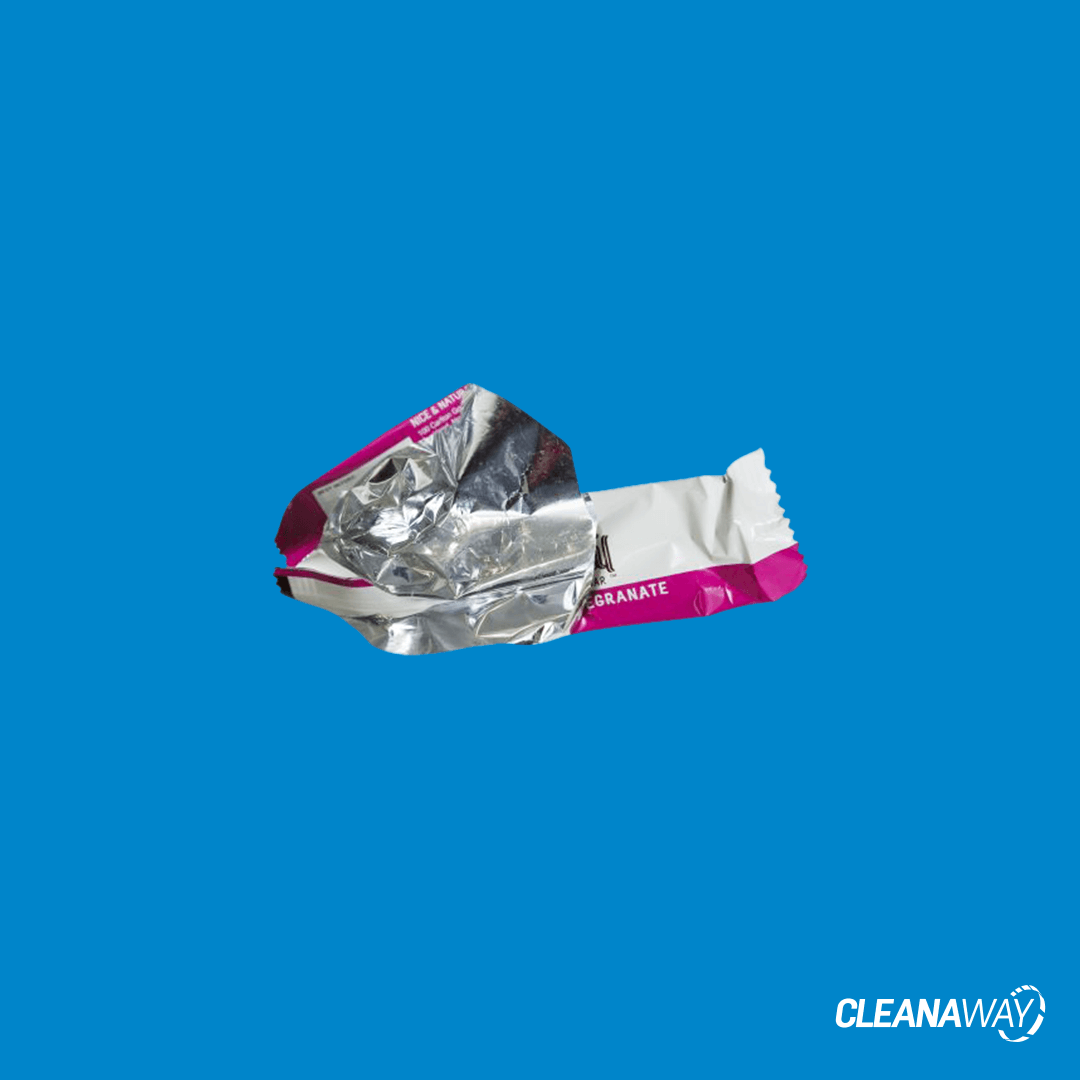
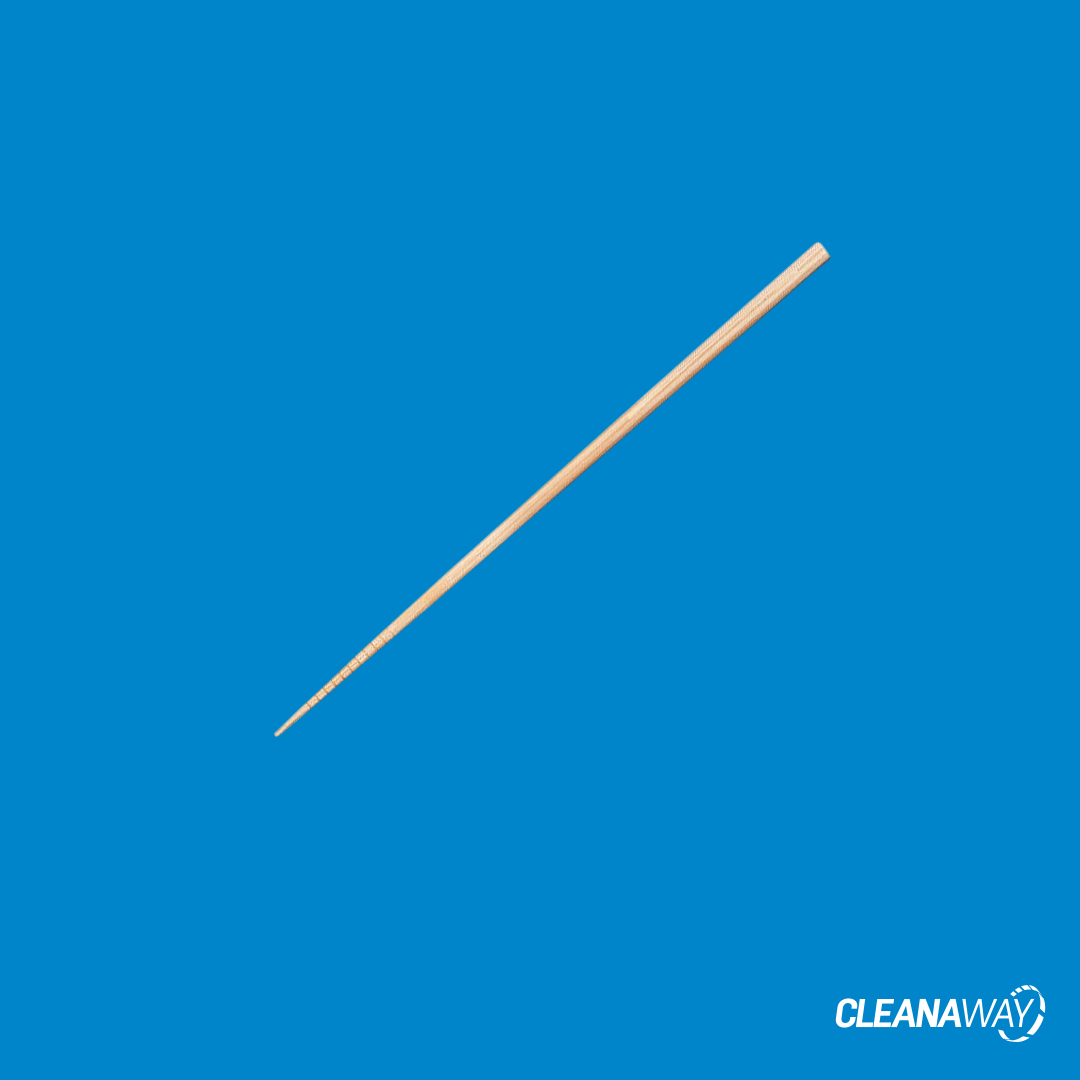
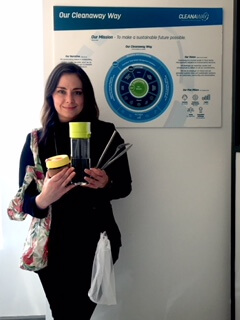
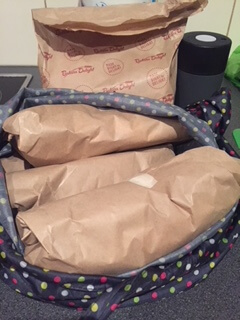
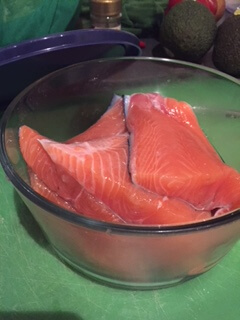
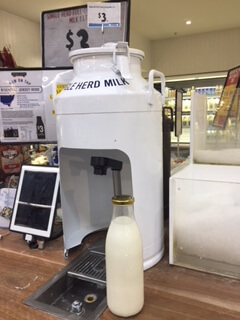

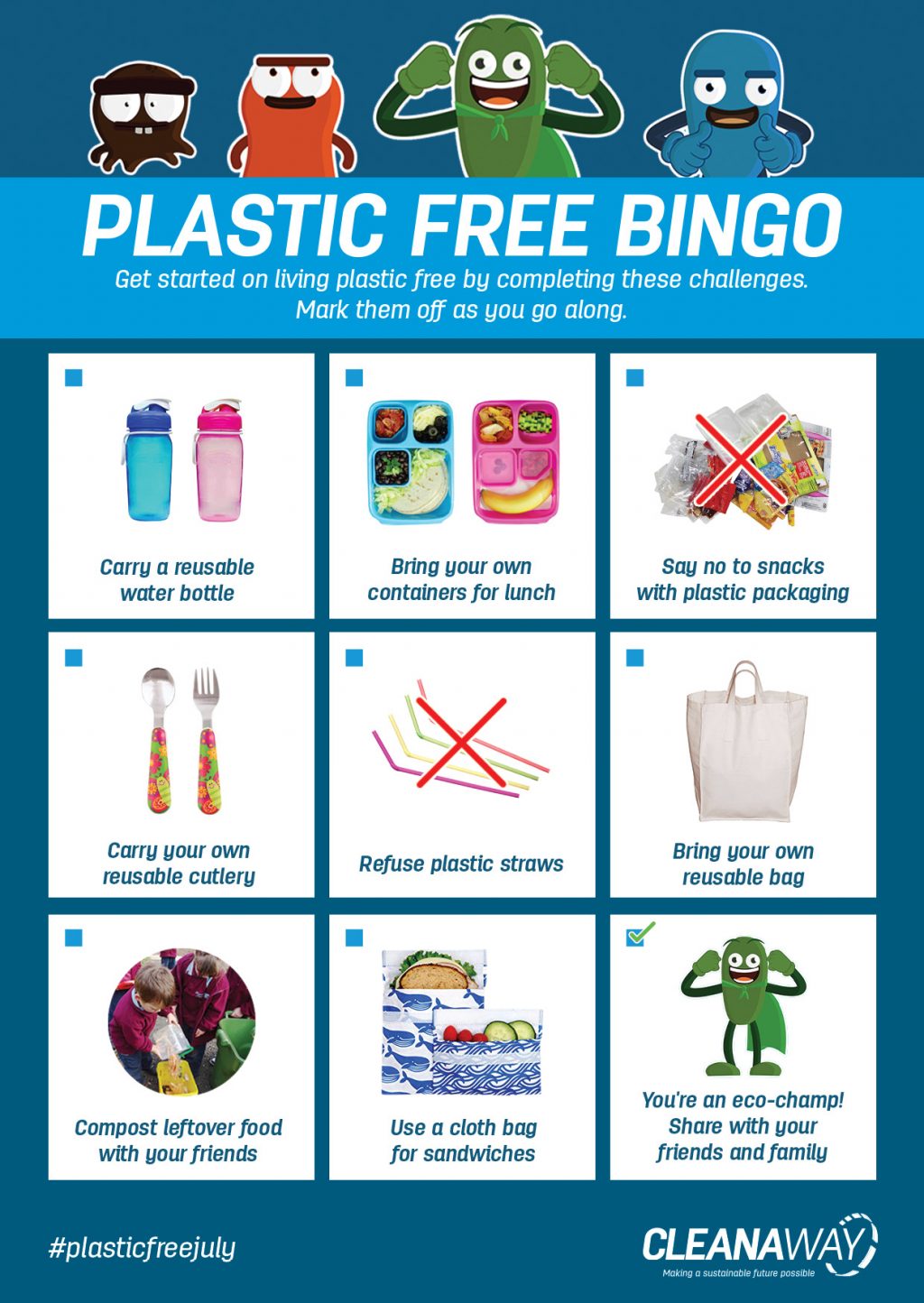

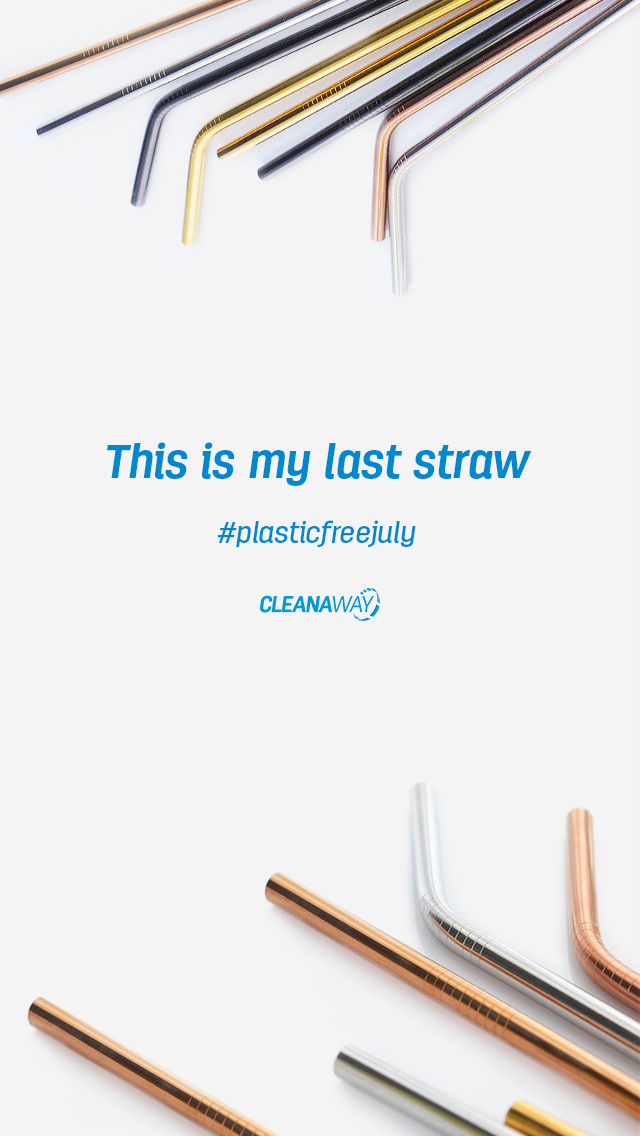

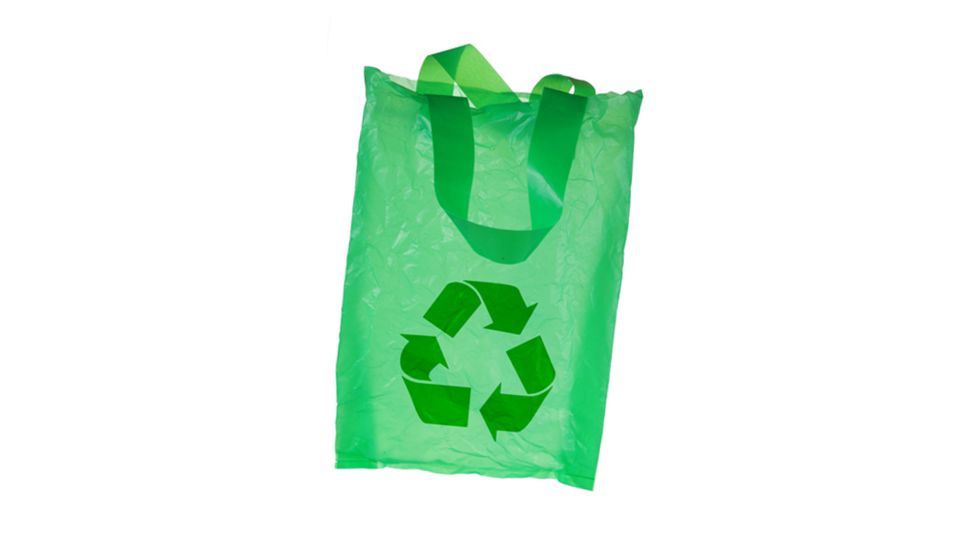
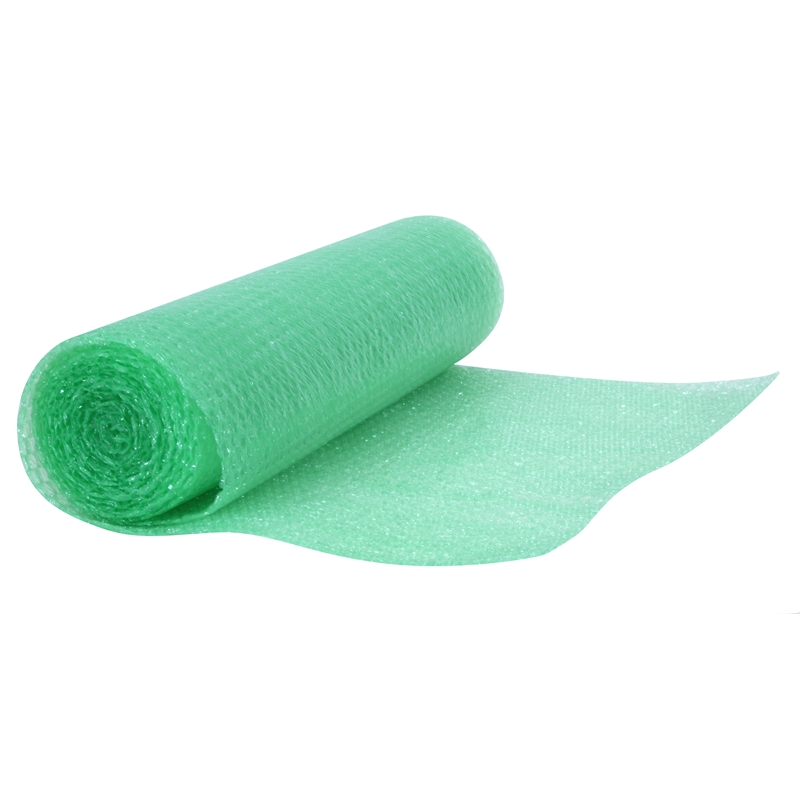
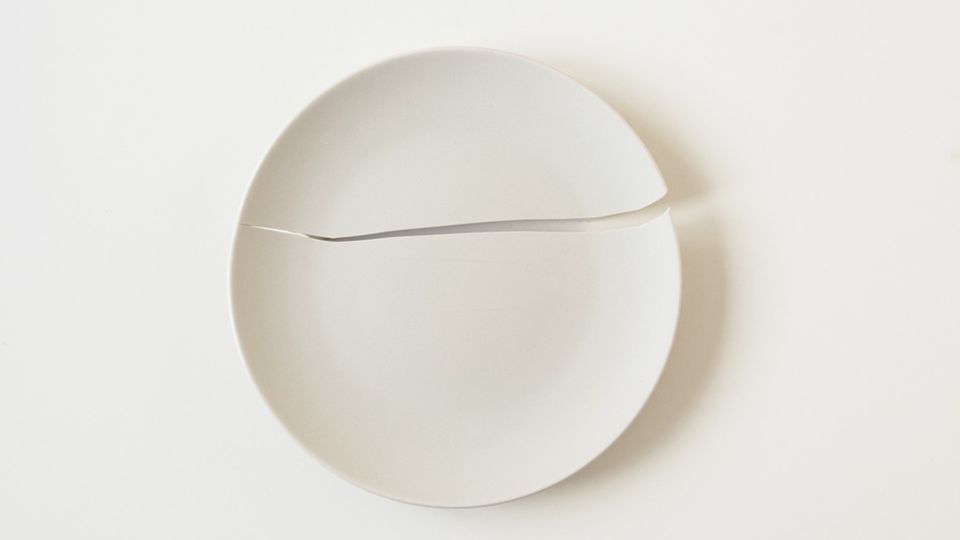

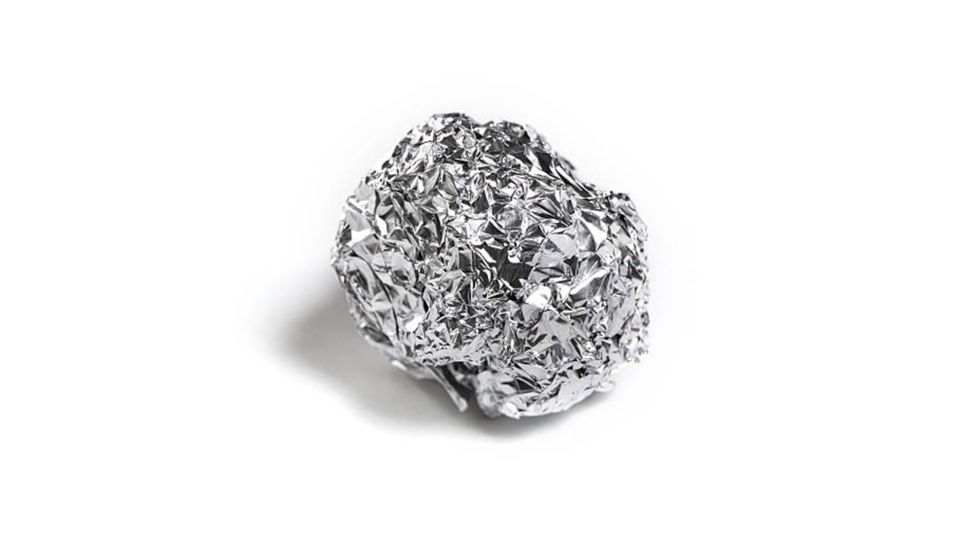
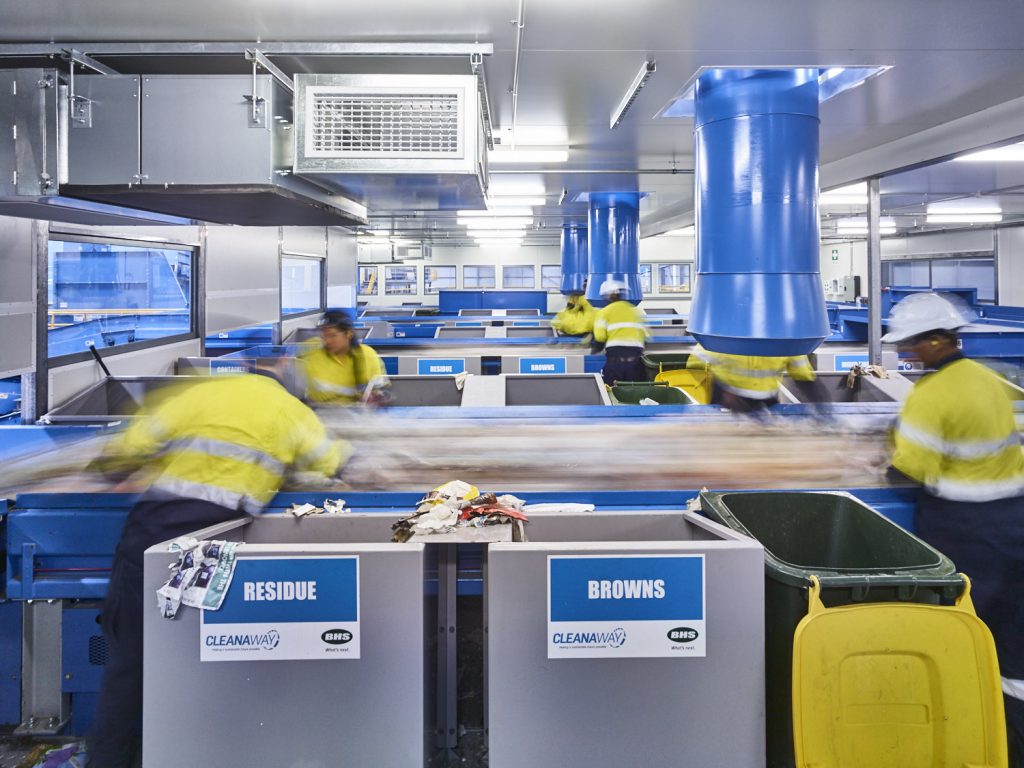
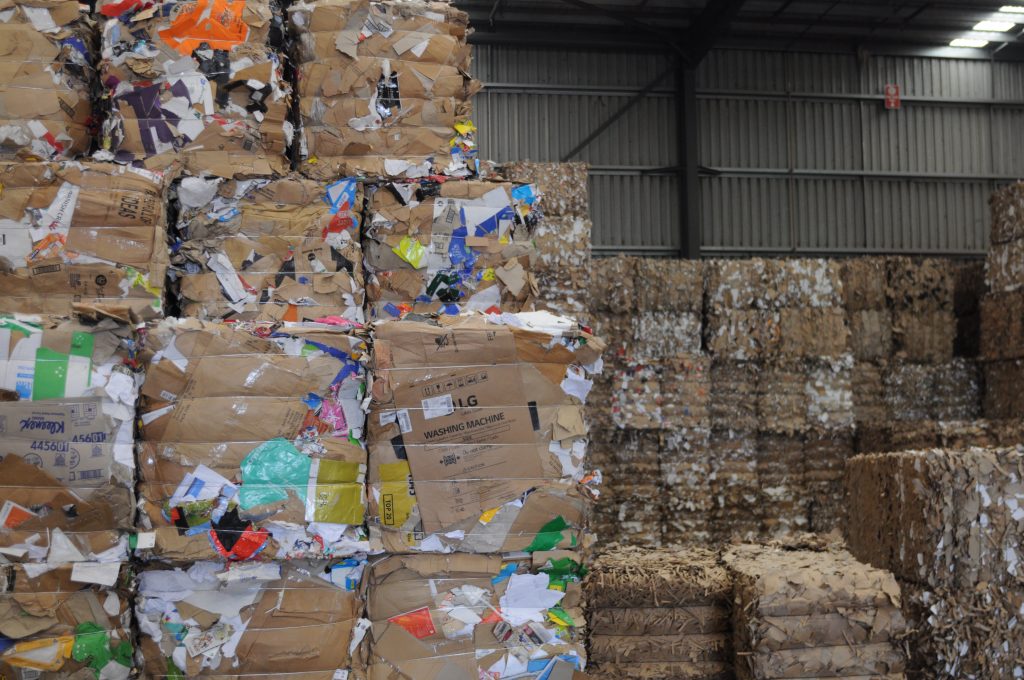 Similarly, automotive workshops can recycle their oily rags, oil filters and coolants, when they get their
Similarly, automotive workshops can recycle their oily rags, oil filters and coolants, when they get their 